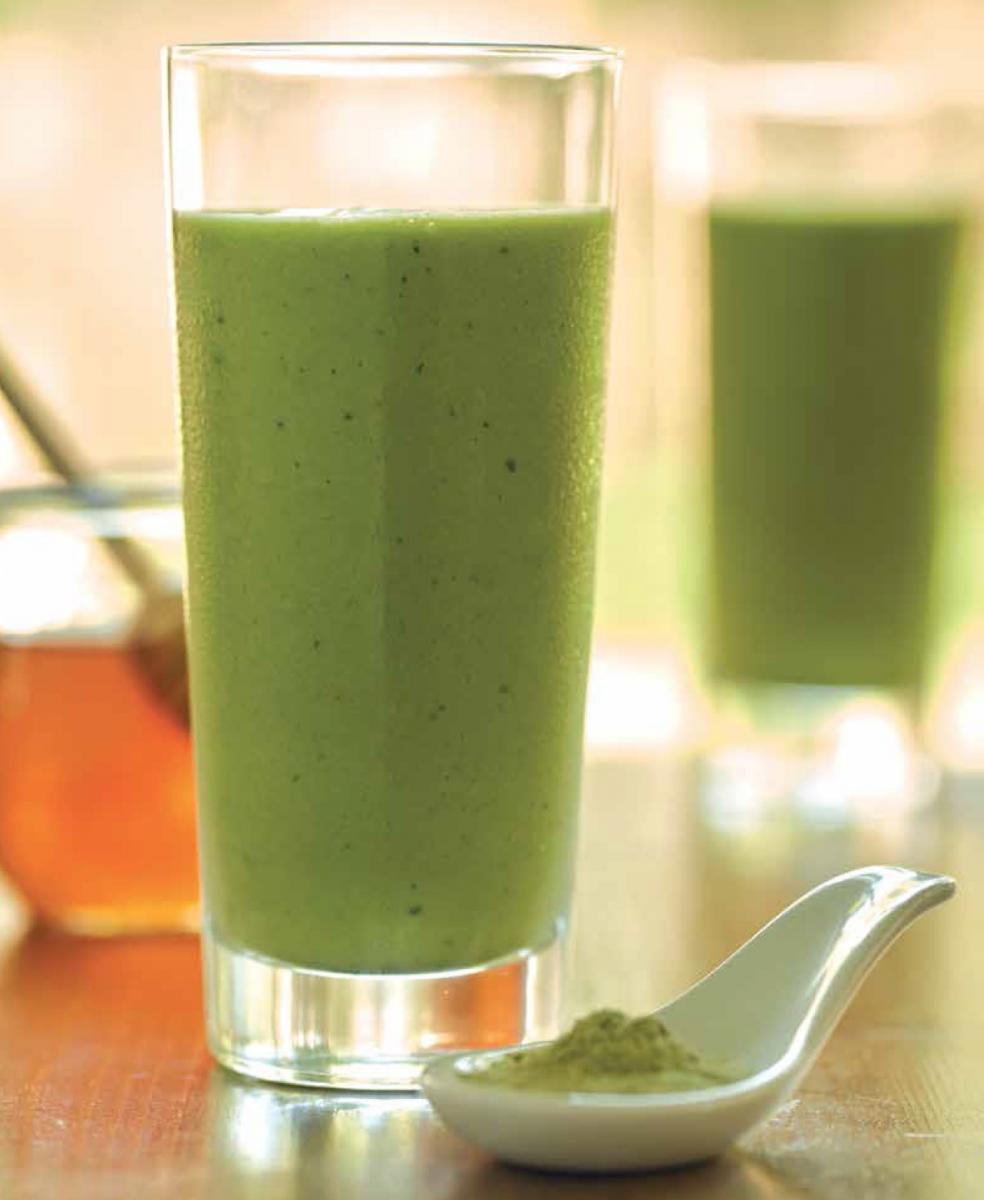7 Ways to Eat Your Sunscreen

This post was written by Lisa Markley, MS, RDN, who, along with Jill, co-authored the #1 best selling Essential Thyroid Cookbook.
The summer sun is in full effect and while covering up or slathering on sunscreen may offer the best protection against sunburn, did you know that eating the right foods can also help to protect your skin from the sun’s damaging rays from the inside out?
And many of these foods are also thyroid- and immune protective!
When our skin is overexposed to the sun, ultraviolet radiation (UV) can damage our cell membranes and also the DNA of our cells, contributing to unwanted genetic changes, premature aging, and possibly skin cancer.
Research has indicated that high concentration of key phytonutrients lessens the intensity of this damage. These nutrients include: lycopene, beta-carotene, xanthophylls, and polyphenols, which are just a few of the key antioxidants that defend our cells by fighting off harmful free radicals created by damaging UV rays.
Smart Exposure
Please notice that I say overexposure to the sun. Jill and I are big fans of healthy, mindful sun exposure, which is the best way for the body to get Vitamin D, a cancer-fighting and immune modulatory vitamin that’s beneficial in managing Hashimoto’s or any autoimmune condition. (Actually, Vitamin D is a hormone.)
In our Essential Thyroid Cookbook, in addition to highlighting the (small) list of foods that help the body make Vitamin D, (egg yolks, fatty wild fish (salmon, mackerel, tuna, herring, halibut, and sardines), fortified foods (such as yogurt), and shiitake mushrooms), Jill states, “Even 20 minutes in mid-day direct sunlight, sans sunscreen, increases our Vitamin D levels. The more sunlight we’re exposed to in the warmer months, the less supplementation we need in winter because our bodies store Vitamin D in our fat cells.”
Another Reason to “Go Local”
If you read our post from a couple of weeks ago, Our Story (where you can see that we’d been spending plenty of time in the sun!), you know that Jill and I are big proponents of eating locally and seasonally. And when it comes to protecting the skin, you guessed it, eating in season can help.
Consuming ample amounts of nutrient-dense foods such as tomatoes, carrots, kale, spinach, Swiss chard, and red bell peppers that – by no accident – come into season this time of year is the best way to boost your intake of these nutrients that support healthy skin.
Healthy fats, such as Omega-3 fatty acids, are also important for creating and maintaining healthy and resilient cell membranes, as well as guarding against cellular DNA changes caused by the sun. Without adequate intake of these essential fats from food sources such as wild salmon, ground flaxseed, or walnuts, inflammation can set in and escalate cellular damage.
Healthy fats from other sources such as nuts, seeds, avocados, and coconut can also keep our skin plump and lubricated by supporting the cell’s ability to hold and retain moisture. An added bonus is that these healthy fat sources also provide Vitamin E, an important antioxidant that mops up free radicals and prevents them from damaging cell membranes.
Collagen is a protein that keeps skin firm, so foods that prevent the breakdown of collagen may also be of benefit. Vitamin C rich foods such as citrus, berries, broccoli, and bell peppers also contribute to beautiful skin by stimulating collagen production. Additionally, Vitamin C’s antioxidant superpowers may help to repair cellular DNA damage caused by the sun.
Sun-protective nutrients and their food sources:
Beta-carotene is an orange pigment found in carrots, sweet potatoes, mangos, apricots, and cantaloupe and is a precursor to Vitamin A, which helps promote the regeneration of healthy cells. (In our Essential Thyroid Cookbook, we address the idea that beta-carotene needs to be converted to retinol, also known as “true Vitamin A.”)
Xanthophylls are yellow pigments such as lutein and zeaxanthin found in spinach, kale, zucchini, yellow squash, and corn and act as carotenoid precursors to Vitamin A, which also helps to support healthy skin, hair, nails, and bones.
Lycopene is a bright red pigment found in high concentrations in cooked tomato products like tomato paste and sauce. It’s also found in tomatoes, watermelon, red bell peppers, and pink grapefruit.
Omega-3 fatty acids are essential anti-inflammatory fats found in wild salmon, ground flaxseeds, walnuts, chia seeds, hemp seeds, and sardines.
Catechins are a type of antioxidant polyphenol found in green tea and other foods that help the body in detoxifying harmful substances and protect cells from damage.
Here are 7 ways to enjoy some “edible sunscreen” before heading outdoors:
- Eat a colorful salad daily for maximum protection. It’s an easy way to incorporate several sun-protective ingredients like kale, spinach, and tomatoes all in one sitting.
- Make a large batch of sun tea using green tea bags and refresh yourself with this catechin-rich beverage.
- Snack on carrot sticks or bell pepper slices with hummus while relaxing at the pool.
- Enjoy trail mix made with nuts, seeds, and dried apricots while out walking your dog, hiking, or riding your bike.

- Drink a green smoothie made with berries, kale or spinach, and ground flaxseeds for breakfast or after a workout. Double the batch and pour the extra into popsicle molds for a healthful, frosty treat. Try my delicious Coconut Banana Matcha Smoothie from our Essential Thyroid Cookbook.
- Eat gluten-free pasta noodles or spiralized zucchini noodles tossed in tomato sauce at least once a week to boost lycopene intake.
- Have wild salmon at least once a week and top with a fresh melon or strawberry salsa for a burst of flavor and Vitamin C.

Add comment